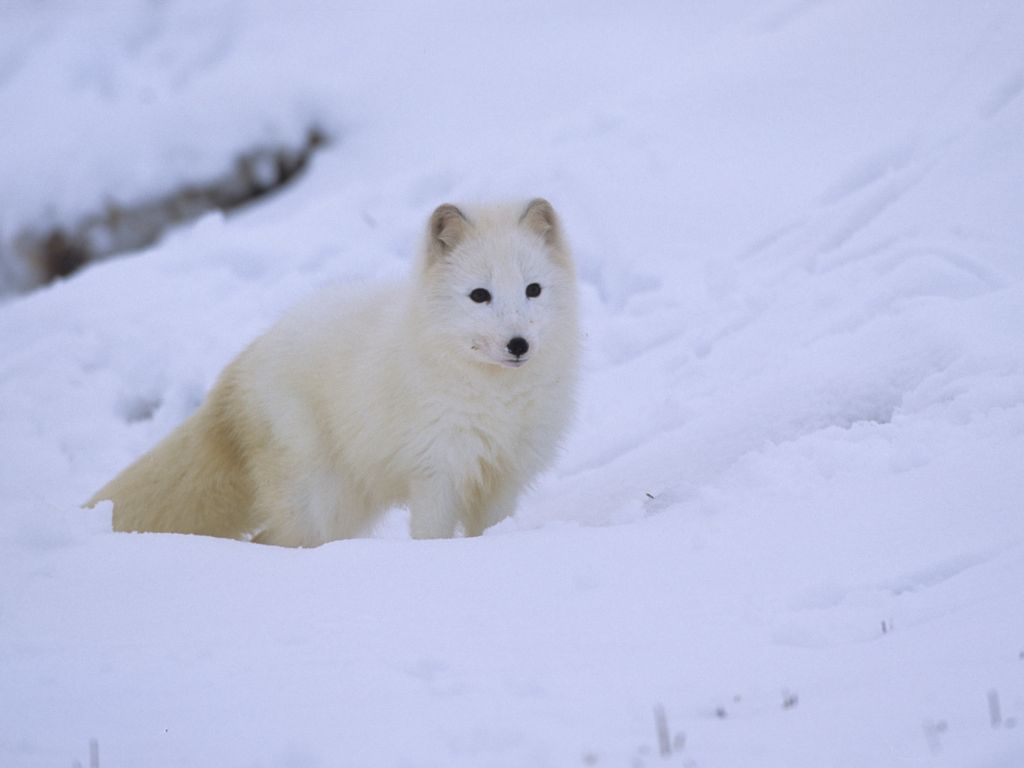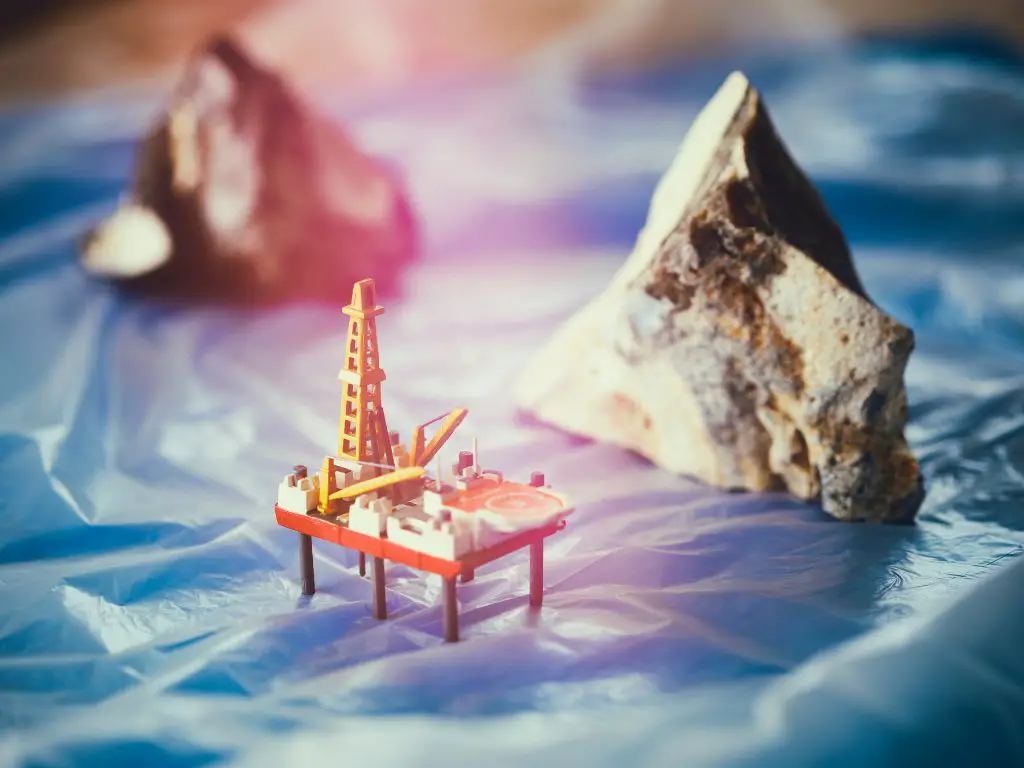Arctic foxes(Vulpes lagopus) is a small fox native to arctic regions of the northern hemisphere. It is well adapted to living in cold environments and is best known for its warm thick fur which is used as camouflage too. They are carnivores and scavengers having unique hunting styles. Their population fluctuates depending upon the number of their prey which is affected by climate change and some other human activities. Let’s find out how many arctic foxes are left in the world and how they can be conserved.
How many arctic foxes are left in the world
There are approximately 630,000 Arctic foxes left in the world. They are found in North America, Asia, and Europe. The population has been declining over the years due to human activities and climate change which is leading to increased temperatures, and melting icebergs, affecting their habitat and their prey. Efforts should be made to conserve the species before it becomes further endangered.
Where do arctic foxes live
Arctic foxes are found in the arctic tundra and pack ice. They mostly inhabit Canada, Finland, Iceland, Norway, Russia, Sweden, and the United States. As they live in cold environments they have thick fur to keep them warm in temperatures as low as -50℃(-58℉). They rely on lemmings and tundra voles as a food source. They dig dens into snow drifts or hillsides in extremely cold weather while in summer they move further north for more food. They also inhabit coastal areas where they feed on seabirds.
Are arctic foxes rare?
Arctic foxes are relatively rare animals with their population decreasing over time. The International Union for Conservation of Nature(IUCN) lists the species as the least concern but notes the reasons for decline i.e.
- Over-hunting by humans
- Loss of habitat
- Pollution from industries
- Global warming
- Competition with larger predators
- Loss of food sources
- Diseases caught from domestic dogs
What countries have the most arctic foxes
Arctic foxes are mostly found in Alaska, Canada, Greenland, Russia, and Scandinavia. Their number is highest in Russia because of its large landmass and extensive tundra habitats. They can be found within the borders of Norway. Despite being a species at risk, healthy populations still exist in many areas where conservation efforts are strong. A different number of individuals are present in different areas.
| Region | Approximate number |
| USA | 10,000 |
| Greenland | >10,000 |
| Russia | 200,000-800,000 |
| Iceland | >6000 |
| Finland | 20 |
| Norway | 50 |
| Sweden | 50 |
| Canada | 100,000 |
Why do we need arctic foxes?
- Arctic foxes play an essential role in the arctic ecosystem.
- They maintain the balance between the herbivores and vegetation of the area.
- They provide food for larger animals which helps to sustain biodiversity in the region.
- They can adapt to changing climates.
- They are both economically and spiritually significant to people living within their range.
- They help to keep the environment clean by keeping the rodent population down and by eating dead animals.
What WWF is doing for arctic foxes
WWF is working to protect arctic foxes and their ecosystem. With local communities and the government, they are trying to reduce threats like hunting practices and habitat destruction. Through their projects, the aim is to conserve these iconic species and provide support to the natives who depend on them. Additionally, WWF is reintroducing captive-bred arctic foxes into the wild—a move that will surely help their long-term survival.
Why are arctic foxes becoming extinct
Arctic foxes are threatened due to many factors which include
- Habitat loss.
- Human activities.
- Oil drilling
- Mining
- Urbanization
- Climate change
If the population continues to decline at the same pace it may reach extinction. To reduce the risk we should recycle and use renewable energy resources whenever we can.
What would happen if arctic foxes became extinct
If the arctic foxes become extinct, it will have a drastic effect on the balance of their ecosystem. They are important predators for small rodents and birds as well as prey for polar bears. Without them, other species could suffer due to competition for resources or predation by larger animals. They maintain the health of their environment by dispersing seeds from the plants they consume. The loss of these unique creatures may affect global climate patterns as well as food webs across different habitats.
What is being done to protect arctic foxes
To protect this species from further decline conservation efforts have been implemented in many countries across the world.
- Establishment of national parks and reserves.
- Implementing regulations that limit hunting and trapping activities.
- Creating sustainable livelihoods for people living near so they can coexist with wildlife without causing harm or disruption.
- Research initiatives and genetic studies are also being conducted.
How are scientists helping arctic foxes?
Scientists are researching the behavior, habitat, and diet of arctic foxes. They are working to understand the effects of climate change on them and how it affects their ability to survive in a changing environment. They have also developed strategies for conserving arctic foxes through reintroduction programs. The study of species genetics is also helping to improve the sustenance of arctic foxes against environmental changes in the future.






Leave a Reply